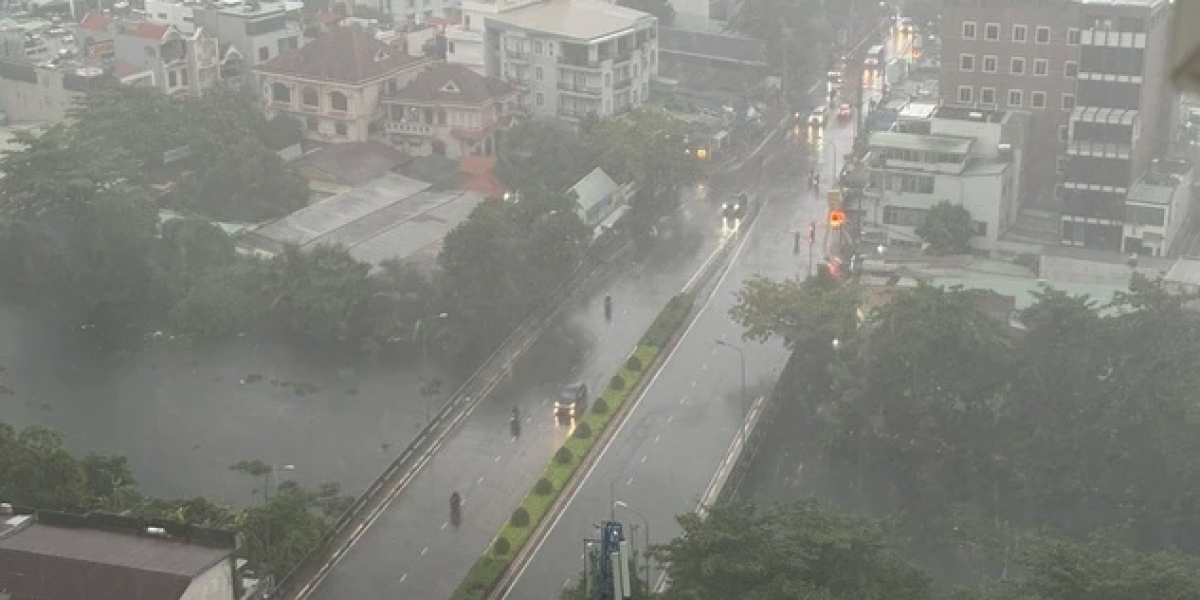Grid Reliability and Efficiency Solutions - Automation improves reliability and efficiency by optimizing feeder performance, energy flow, and maintenance planning.
Grid Reliability and Efficiency Solutions, particularly those centered around Distribution Feeder Automation (DFA), are a holistic suite of technologies and strategies aimed at maximizing the quality and consistency of power delivery while minimizing energy losses. The modern electric utility seeks to continuously enhance both of these critical performance vectors, as they directly impact customer satisfaction, regulatory compliance, and operational profitability. DFA is the primary enabler for achieving significant gains in both areas.
Reliability Solutions:
Reliability is chiefly concerned with reducing the frequency and duration of power outages. The core DFA contribution here is the Fault Location, Isolation, and Service Restoration (FLISR) function. By detecting, isolating, and restoring power around a fault automatically and rapidly, FLISR fundamentally reduces the System Average Interruption Duration Index (SAIDI) and the System Average Interruption Frequency Index (SAIFI). Beyond just rapid response, DFA devices also contribute to Predictive Reliability by constantly monitoring the health and condition of equipment. Real-time temperature, voltage, and load data analyzed by an advanced management system can flag potential failures (e.g., an overheating transformer) before they lead to an outage, allowing for proactive maintenance. Furthermore, automated switching capabilities enable System Resiliency, allowing the utility to quickly reconfigure the network during severe weather events or to rapidly transfer load from a stressed feeder to an adjacent, less-loaded one, preventing cascading failures.
Efficiency Solutions:
Efficiency in the grid context is largely about reducing Technical Losses (energy wasted as heat in conductors and equipment) and optimizing asset utilization. DFA drives efficiency primarily through Volt/VAr Optimization (VVO) and Conservation Voltage Reduction (CVR).
VVO: Automated control of capacitor banks and voltage regulators ensures that reactive power flow is minimized, which significantly reduces current flow and, consequently, heat losses in the conductors. It also ensures the system voltage is always at the optimal point for equipment operation and power quality.
CVR: This is a strategy where the VVO application intelligently reduces the service voltage to the lowest allowable limit. Since many loads (like lighting) consume less power at lower voltages, a network-wide, controlled voltage reduction results in significant overall energy savings without affecting the quality of service.
The continuous, real-time monitoring enabled by DFA also leads to better Asset Management. By understanding the precise load and condition of every piece of equipment, utilities can run assets closer to their optimal limits, extend their operational life, and make smarter, delayed decisions about capital expenditures for new infrastructure, ensuring a much more efficient use of financial resources. In essence, DFA is the crucial technological bridge between the passive, lossy grid of the past and the active, highly reliable, and optimized smart grid of the future.
FAQs on Grid Reliability and Efficiency Solutions:
What is the primary metric that DFA helps utilities improve in terms of reliability? DFA primarily helps improve the System Average Interruption Duration Index (SAIDI) by drastically reducing the time it takes to restore power following a fault.
How does Conservation Voltage Reduction (CVR) improve grid efficiency? CVR improves efficiency by intelligently lowering the system voltage to the lowest acceptable level, which reduces the energy consumption of voltage-dependent loads without impacting power quality.
Beyond fault management, how does DFA enhance system resilience? DFA enhances resilience by providing real-time situational awareness and automated switching capabilities, allowing operators to quickly reconfigure the network to prevent failures or manage power during severe weather and natural disasters.





